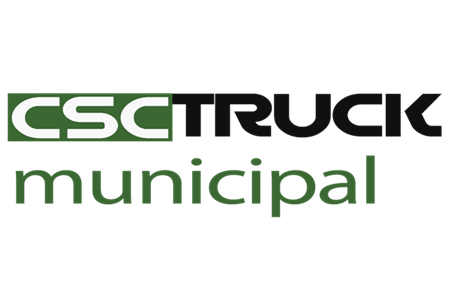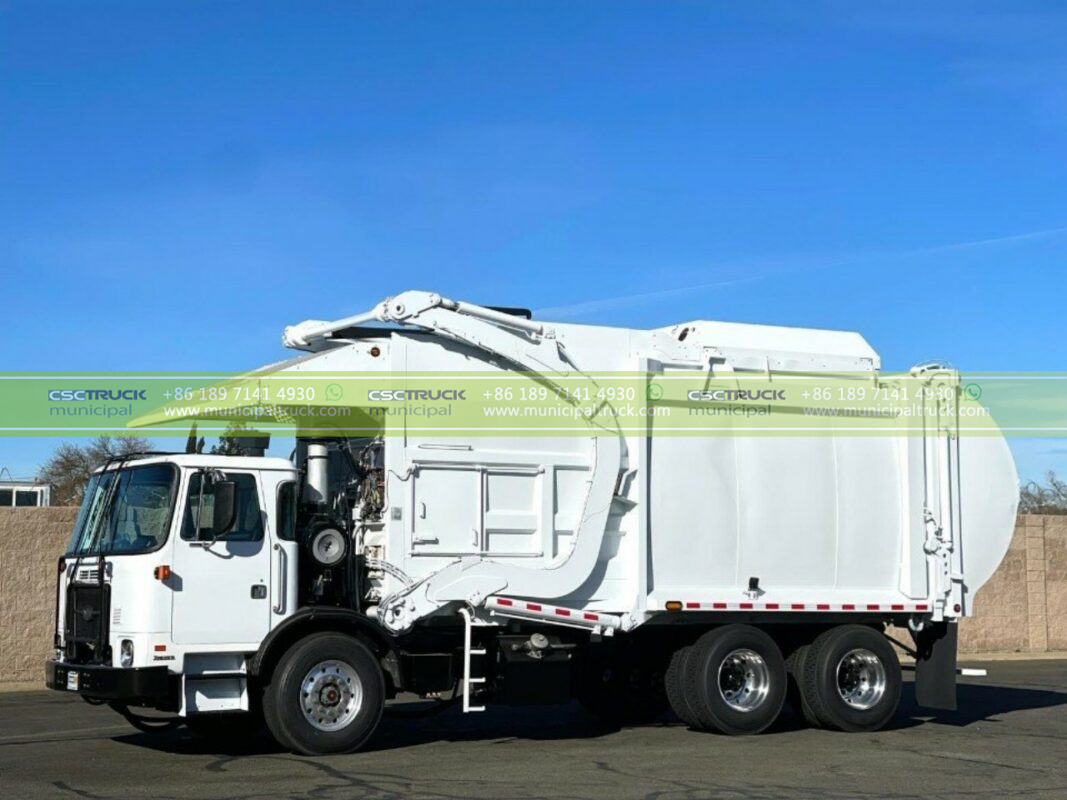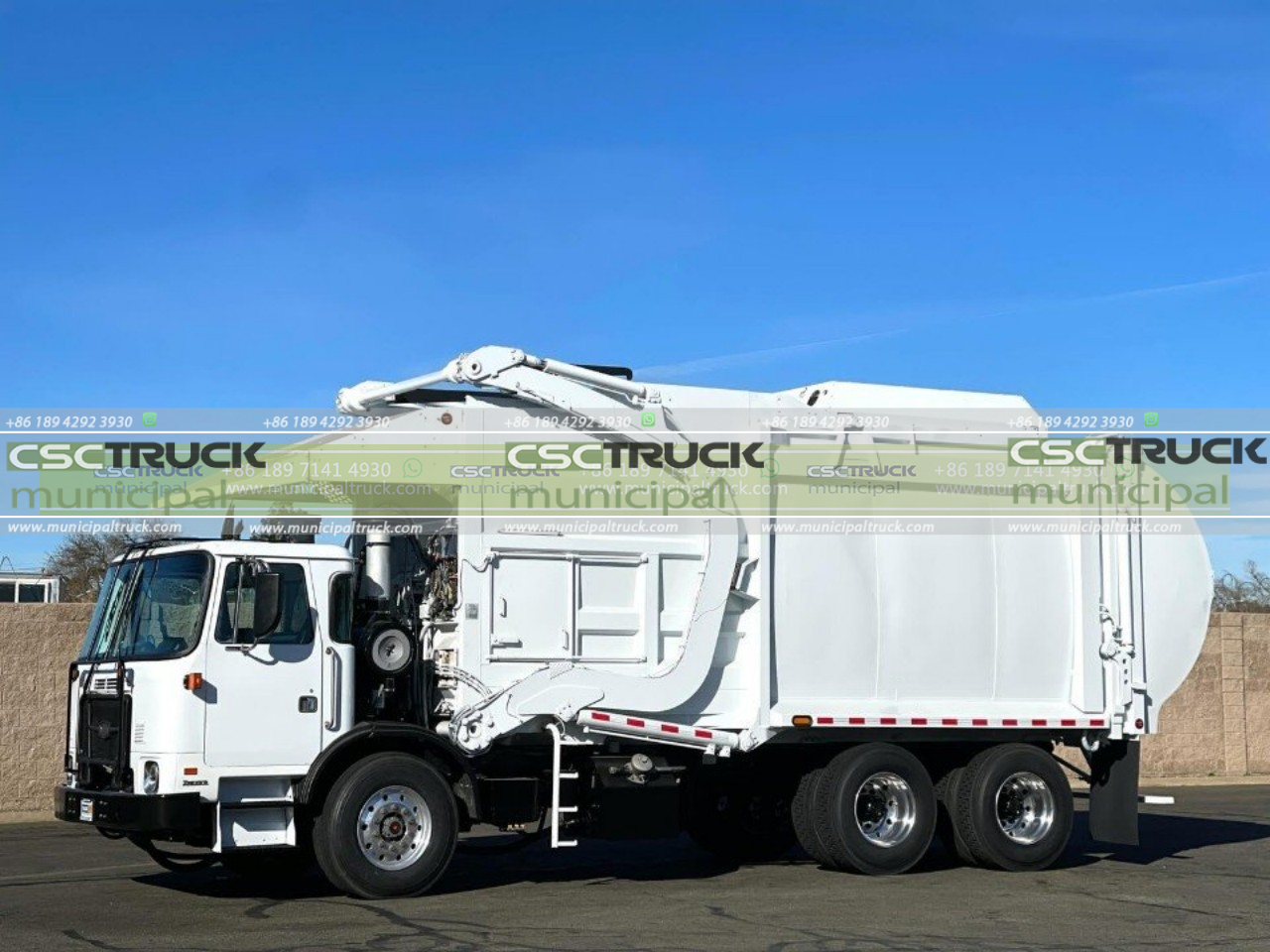When it comes to trucks, there are many different types and classifications, each serving a specific purpose. Two commonly confused trucks are the garbage truck and the dump truck. While they may appear similar at first glance, there are significant differences between the 2 in terms of design, function, and the tasks they perform. In this article, we will explore the disparities between a garbage truck and a dump truck to shed light on their unique features and roles in various industries.
To begin with, let’s discuss the garbage truck. Also known as a waste management truck or a trash truck, the garbage truck is specifically designed to collect and transport waste materials from residential, commercial, and industrial areas. Its primary function is to pick up and dispose of solid waste, such as household trash, recyclables, and organic matter. Garbage trucks come in different configurations, but the most common types are the front loader, rear loader, and side loader.
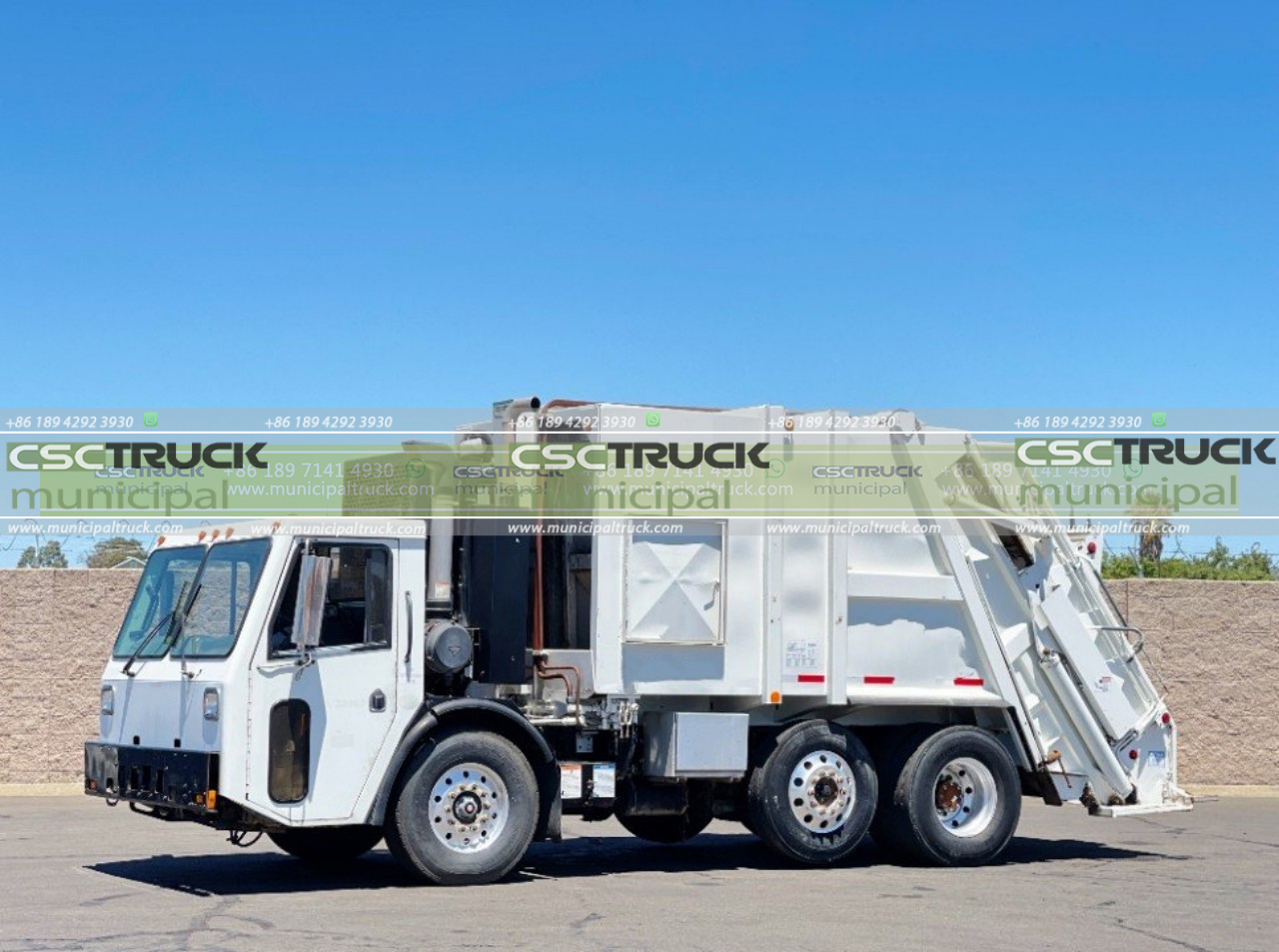
A front loader garbage truck is equipped with a hydraulic mechanism at the front, enabling it to lift and empty large bins or dumpsters into its storage compartment. On the other hand, a rear loader garbage truck has a hydraulic compactor at the back that compresses the waste to maximize the truck’s capacity. This type of garbage truck is often used in residential areas where smaller bins are common. Lastly, a side loader garbage truck has an extendable arm on the side that lifts and empties bins into the truck. This type of truck is commonly used in narrow streets or areas with limited accessibility.
Now, let’s turn our attention to the dump truck. A dump truck, also known as a tipper truck or a dumper, is primarily used for transporting loose materials such as sand, gravel, dirt, or construction debris. Unlike a garbage truck, a dump truck is not designed to collect waste but rather to haul and unload materials at construction sites, mining operations, or other similar locations. The key feature of a dump truck is its hydraulic bed, which can be tilted or raised from the front or the side to dump its contents onto the ground or into a designated area.
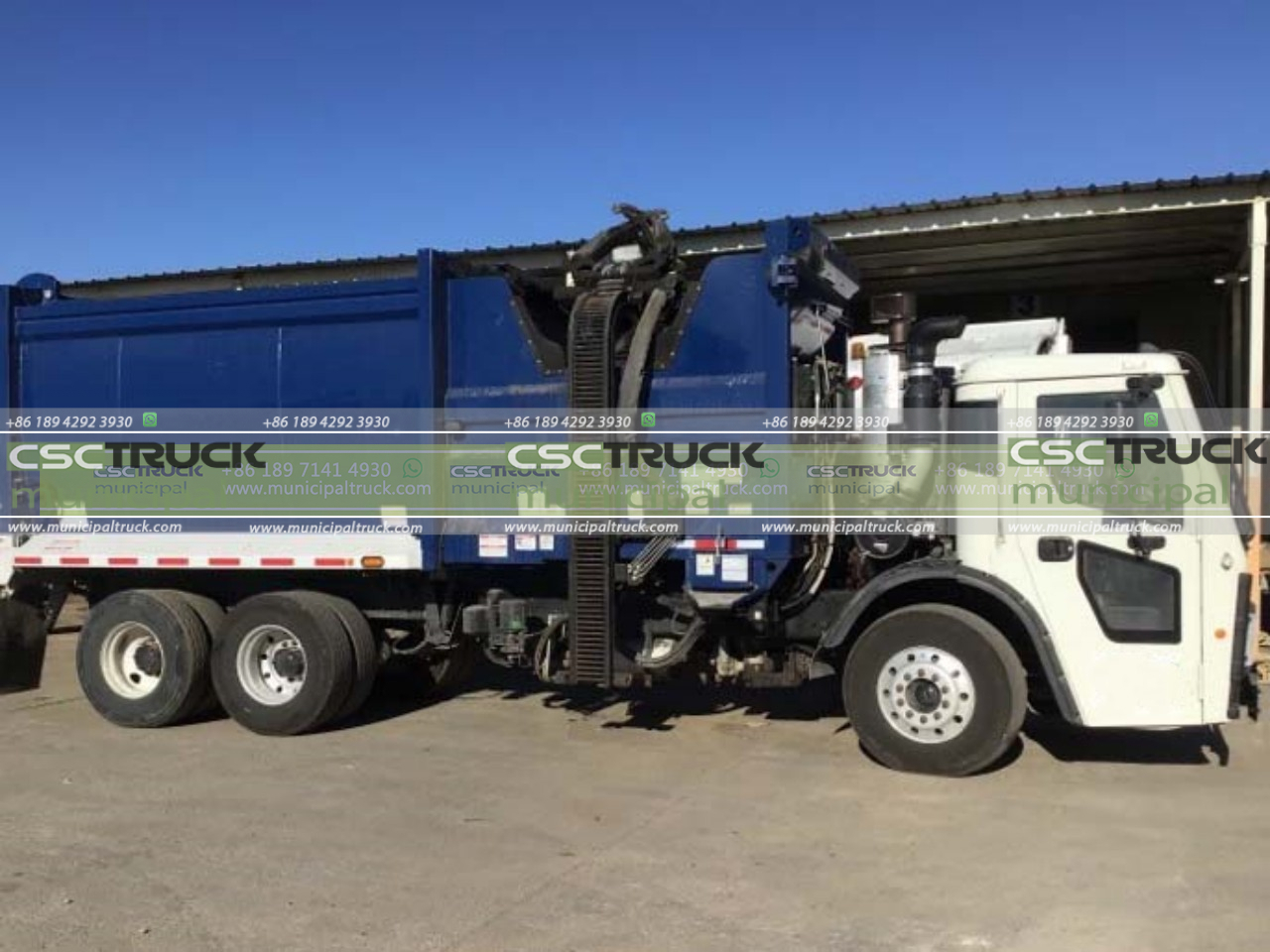
Dump trucks come in various sizes and configurations, with some capable of carrying enormous loads of several tons. The most common types of dump trucks are the standard dump truck, articulated dump truck, and off-road dump truck. The standard dump truck has a rigid frame and a hydraulic lifting mechanism at the front, allowing it to tip its bed for unloading. An articulated dump truck, also known as an ADT, has a hinge between the cab and the dump box, providing greater maneuverability on rough terrain. Lastly, an off-road dump truck is specifically designed for heavy-duty operations in off-road environments, such as mining sites or large construction projects.
While there are clear distinctions between garbage trucks and dump trucks, there are a few areas where their paths may intersect. In certain cases, a dump truck might be used to transport waste materials to a landfill or recycling center. However, this is an exception rather than the norm. Additionally, some garbage trucks may have a smaller dump bed at the rear, allowing them to unload waste in a controlled manner at designated disposal sites. Nevertheless, these instances are specific to certain types of garbage trucks and are not representative of the primary function of either vehicle.
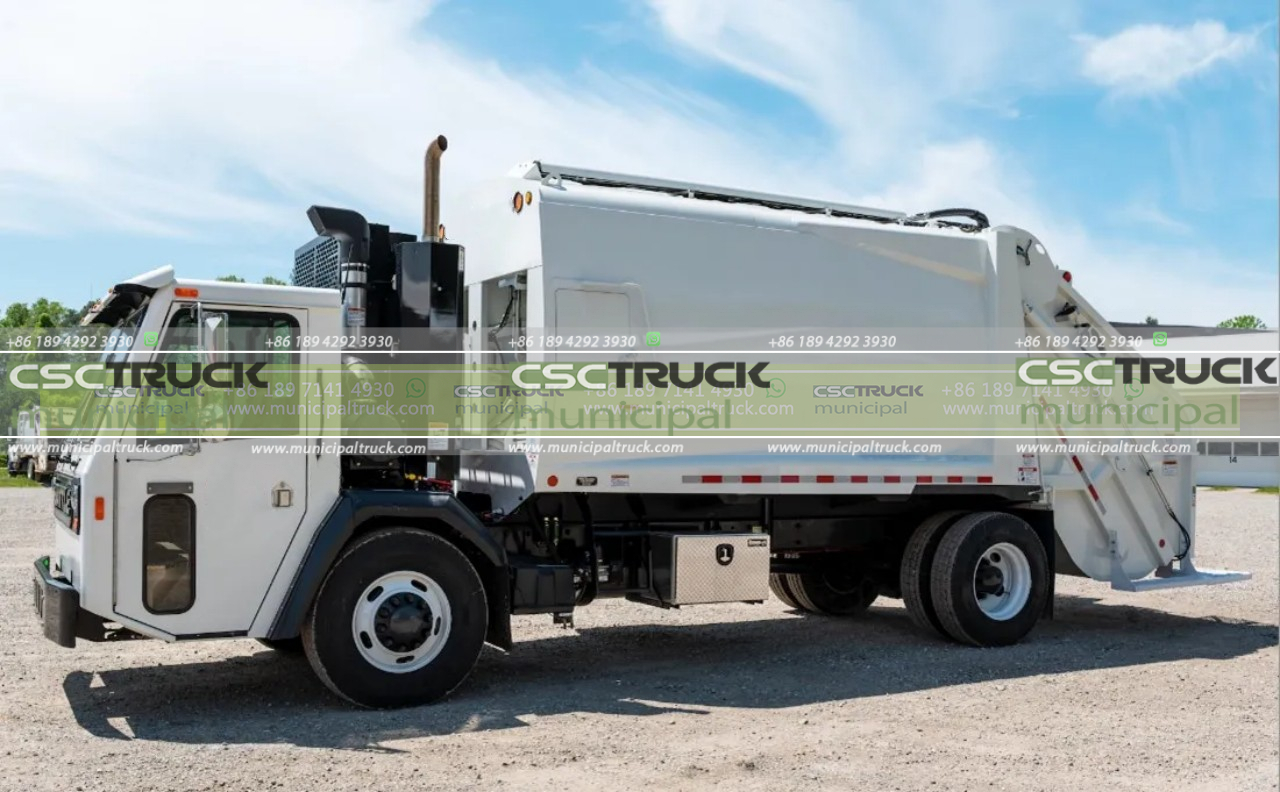
In conclusion, a garbage truck and a dump truck may share some superficial similarities, but their purposes and functionalities set them apart. A garbage truck is specifically designed for waste collection and disposal, while a dump truck is primarily used for transporting and unloading loose materials. Understanding the distinctions between these 2 types of trucks is essential for industries, waste management companies, and individuals alike, as it ensures the efficient and effective execution of tasks related to waste disposal and material transportation.
Moreover, the operational processes of garbage trucks and dump trucks differ significantly. Garbage trucks follow a scheduled route, making regular stops to collect waste from designated bins or dumpsters. Waste collection workers, often referred to as sanitation workers or garbage collectors, load the waste into the truck using various mechanisms, such as hydraulic lifts or manual labor. Once the truck is full, it transports the waste to a landfill, recycling facility, or transfer station for further processing or disposal.
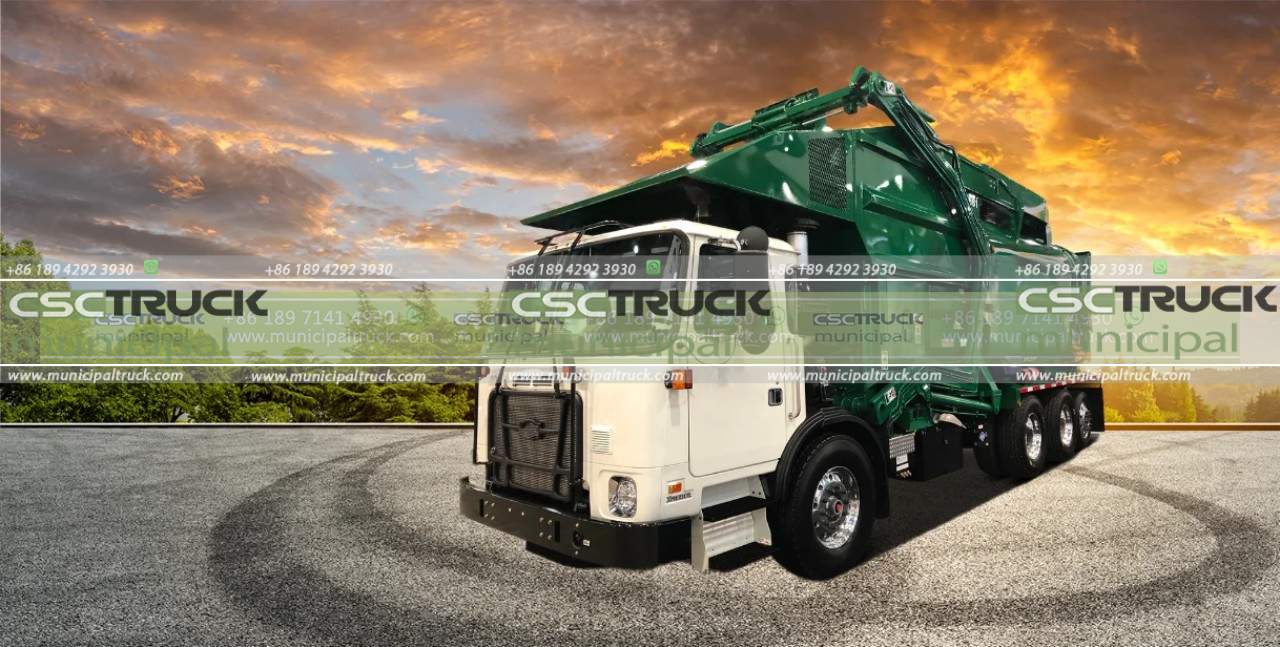
Dump trucks, on the other hand, are more versatile in their operations. They are typically used in construction, mining, or other industries that involve the movement of large quantities of loose materials. Dump trucks are loaded with materials using front-end loaders, excavators, or conveyor belts. Once loaded, the driver transports the materials to the desired location, where the dump truck‘s hydraulic bed is raised or tilted to dump the contents. This process allows for the efficient unloading of materials in a controlled manner.
Another key difference between garbage trucks and dump trucks lies in their design and construction. Garbage trucks are built with specific features to facilitate waste collection. They often have compact and sturdy bodies to withstand the weight and impact of loading and compacting waste garbage trucks are also equipped with mechanisms to separate recyclable materials from general waste during the collection process, promoting sustainability and waste management practices.
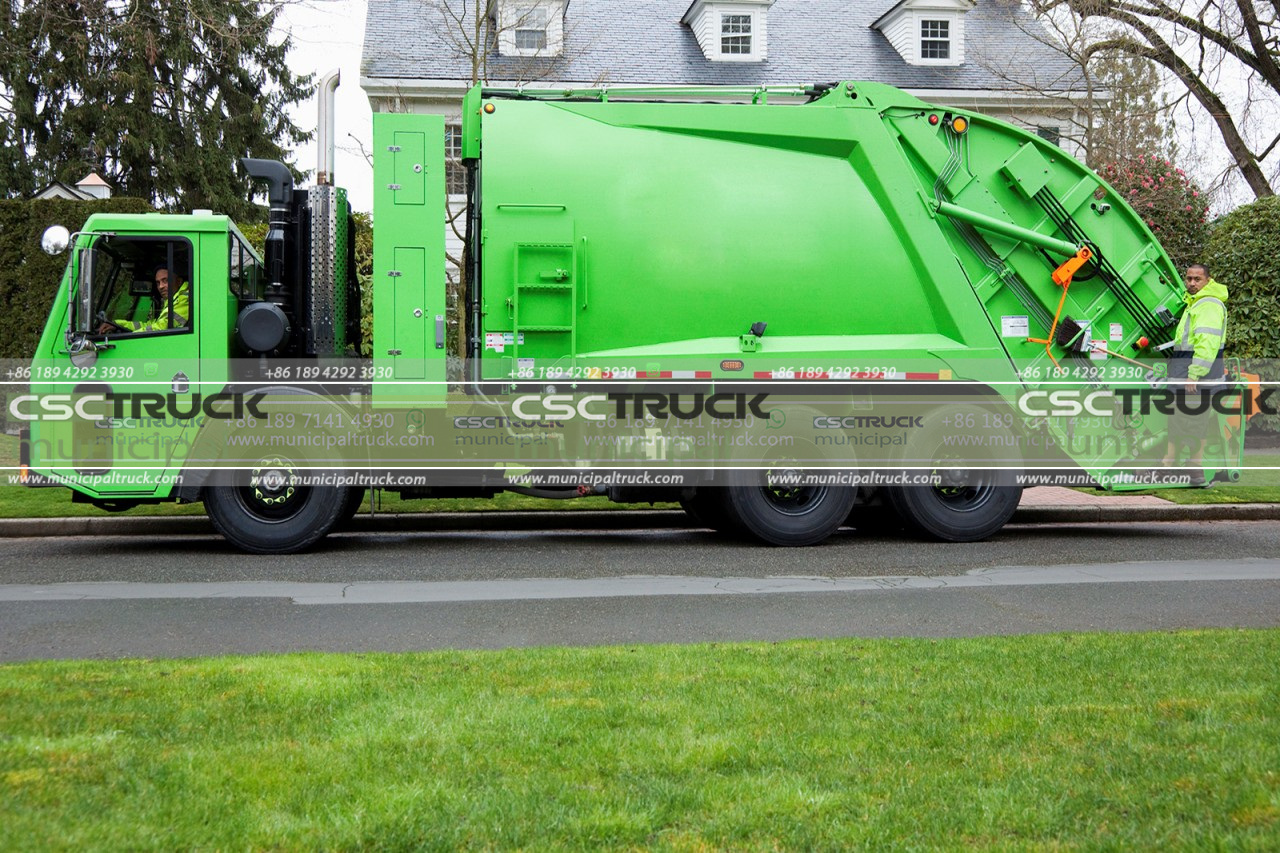
Dump trucks, on the other hand, are designed to handle heavy loads of various materials. They have larger capacities and stronger frames typically to accommodate the weight of the materials being transported. Dump trucks also come in different configurations based on the specific needs of the industry they serve. For instance, off-road dump trucks are equipped with large, heavy-duty tires and robust suspension systems to navigate rough terrains and operate in challenging environments.
In terms of impact and relevance, both garbage trucks and dump trucks play vital roles in different sectors. Garbage trucks maintain cleanliness and sanitation in urban and residential areas by efficiently collecting and disposing of waste. They are essential in preventing the spread of diseases and maintaining the overall well-being of communities.
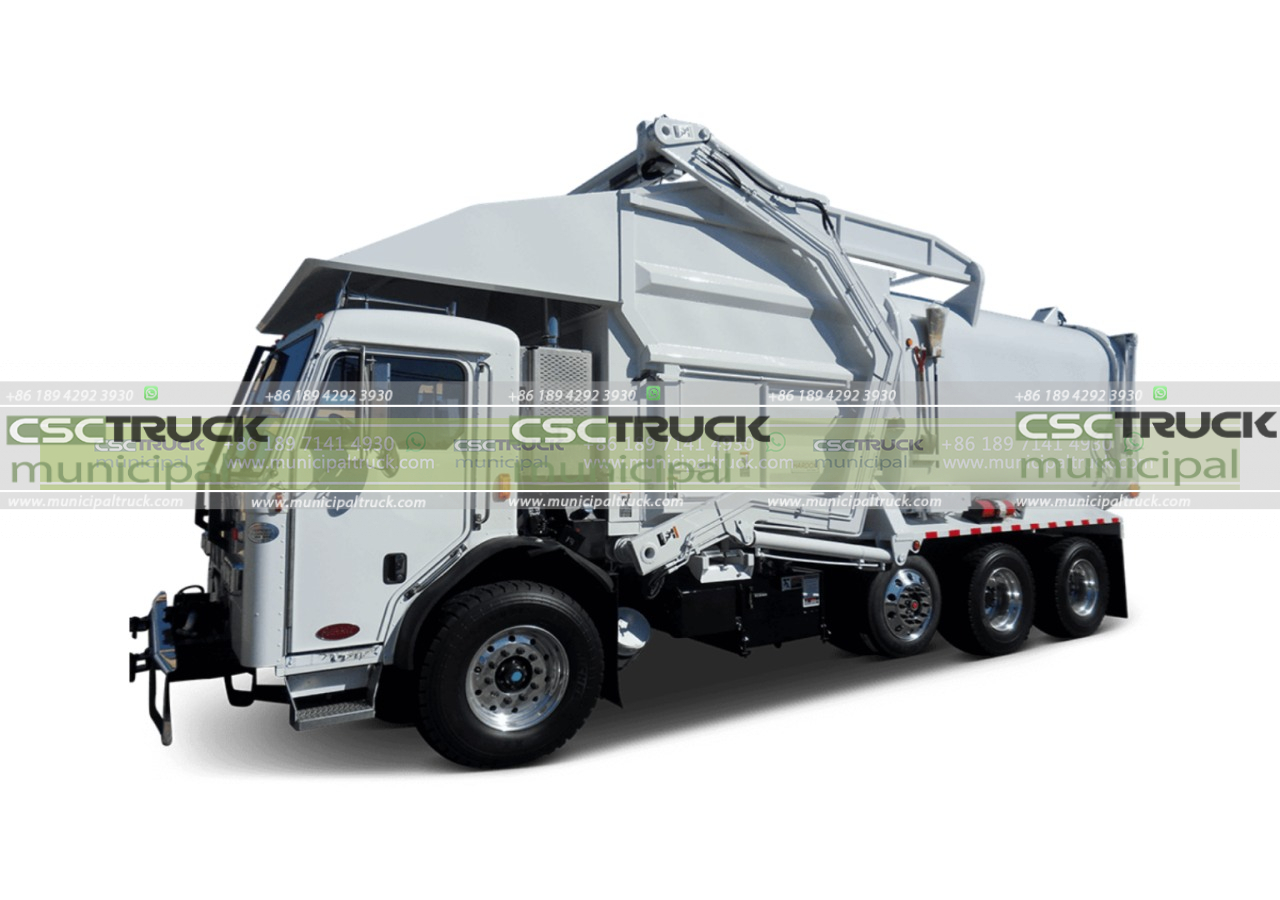
Dump trucks, on the other hand, are instrumental in the construction and infrastructure sectors. They enable the transportation of necessary materials to construction sites, ensuring the smooth progress of projects. Dump trucks are also utilized in mining operations, where they transport extracted materials and contribute to the supply chain of raw materials for various industries.
In conclusion, while garbage trucks and dump trucks may bear some superficial resemblance, they serve distinct purposes and operate in different industries. Garbage trucks are primarily designed for waste collection and disposal, following specific routes and employing mechanisms to compact and transport waste. Dump trucks, on the other hand, are versatile workhorses used in industries such as construction and mining to transport and unload loose materials. Understanding the differences between these two types of trucks is essential for professionals and individuals involved in waste management, construction, or related fields to ensure the effective and efficient execution of their tasks.

Contact us for this municipal truck or similar trucks: [email protected] Call us or What's APP us: +86 189 4292 3930
